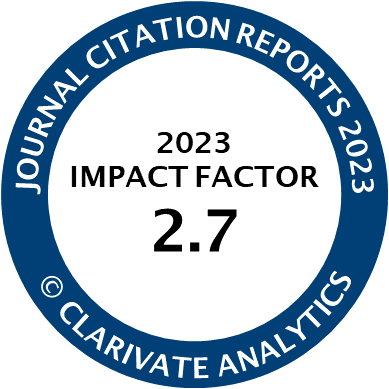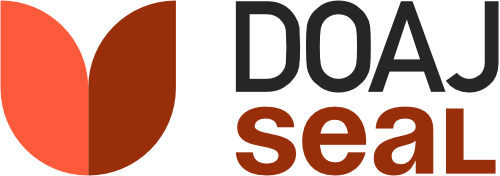Article | Open Access
Reporting in Conflict Zones in Pakistan: Risks and Challenges for Fixers
| Views: | 13815 | | | Downloads: | 2813 |
Abstract: As a backbone of reporting in war and conflicts, fixers offer essential assistance to the foreign correspondent in conflict zones, also in Pakistan. With valuable local knowledge and contacts, fixers can arrange travel to secure entry of foreign correspondents into conflict zones in addition to securing interviews with otherwise unattainable figures, while offering reliable translation services. Pakistani media, despite being one of the largest and most developed in South Asia, remains under the strict control of powerful military establishment and government, while seeming to mirror the overarching government sentiment with a distinct lack of research-based news. Challenging this state of affairs, local journalist fixers seek to conduct research and investigative journalism, making them an attractive asset for western correspondents travelling to Pakistan. Based on data from interviews with local fixers and journalists in Pakistan, this article reveals the many security problems for local fixers in the Balochistan and Khyber Pakhtunkhwa regions in Pakistan. It also shows that the fixers’ rights and interests are not protected by media organizations or the governments. Additionally, fixers face increasing censorship from security agencies and death threats from militants. This study discusses the harsh realities fixers face in the conflict zones of Pakistan where international press lack access due to increasing restrictions imposed by the government, and the violence perpetrated against media workers by the Islamic State and other radical groups, like Taliban and Baloch separatists.
Keywords: conflict zones; fixers; journalism; Pakistan; security
Published:
© Kiyya Baloch, Kenneth Andresen. This is an open access article distributed under the terms of the Creative Commons Attribution 4.0 license (http://creativecommons.org/licenses/by/4.0), which permits any use, distribution, and reproduction of the work without further permission provided the original author(s) and source are credited.




